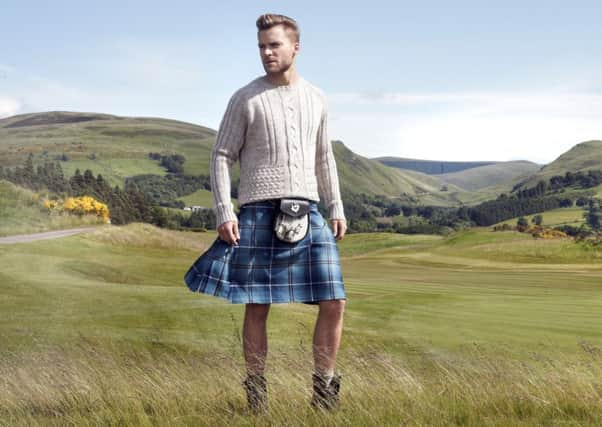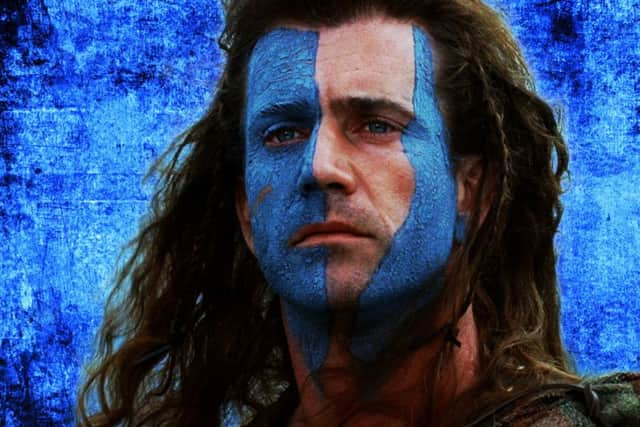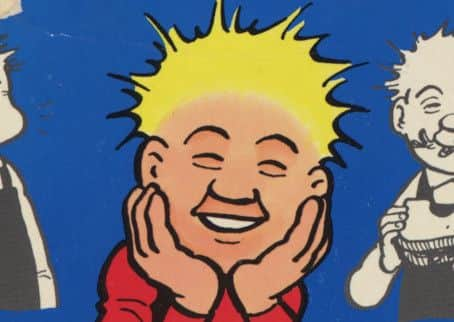Ten things you didn’t know about tartan


CULTURE
Diana Princess of Wales even has her own Memorial Tartan, which is a pale blue and white design mated to heavily pronounced black and red grids. The “Princess Plaid” features the colours of the Union Jack and was created as a sympathetic tribute and variation of the Royal Stewart colours.
Braveheart, the mid-1990s Scottish historical epic starring Mel Gibson, had a tartan specificially designed for the film by Gordon Cavell of the Islay Woollen Mill and Charles Knode of the Shepperton Studios wardrobe department. The story goes that Knode sent Cavell a piece of clothing and asked him to create a tartan design from it that could also be used as a tweed.


Advertisement
Hide AdAdvertisement
Hide AdOne of Scotland’s oldest comic strip characters, Oor Wullie, received his very own specially-made tartan in 2010 to commemorate 75 years in print. His design, based on the Black Watch tartan, features silver-grey inspired by his bucket and yellow for the character’s golden hair.
HISTORY
Royal Stewart Tartan has long been known as the personal tartan of Queen Elizabeth II and the royal House of Stewart. However, during the 1970s the colours gained a significant alternative meaning as the preferred colours of the UK punk scene, who were keen to diminish the image of Victorian state power it presented by tearing it up and wearing it in unconventional ways.
One of the most exclusive tartans ever made is the Balmoral, which dates from 1853. Designed by Queen Victoria’s husband Prince Albert. Featuring grey with red and black, the twisted black and white yarns are said to be reminiscent of the granite seen in Aberdeenshire’s Royal Deeside, where Balmoral is located. This tartan is one of few which can only be worn by members of the Royal family and the Queen’s personal piper with permission from the monarch.


According to the official Scottish Register of Tartans, the most complex tartan to weave is the Ogilvie with approximately 96 colour changes. It dates back to 1812 and is also known as the Drummond of Strathallan tartan.
April 6 is not just famous for being the date Scotland’s independence via the Declaration of Arbroath in 1320 - it has also gained notoriety as Tartan Day throughout the northern hemisphere in particular. With origins laying in Canada and the US, each year a large celebration shuts down streets in the centre of New York with the first parade occuring in 1982.
With an estimate of over 4,500 tartans in existence, new tartans can be registered with the Scottish Register of Tartans. The oldest tartan ever found in Scotland was found buried in a pottery jar in Falkirk and filled with Roman-era coins and was made of sheep’s wool.
TRADITION
Despite the proliferation of this trend, the presence of eagle feathers in a tartan wearer’s bonnet (hat) should only be permitted if the wearer in question is a clan chieftan. In a similar vein - to not cause any inattentive disrespect to Scotland’s historical garb - it is recommended that your kilt reach to the middle of your kneecap for the best fitment, regardless of tartan.
Kilts made of tartan come in different weights, with 16oz seen as heavy weight. Most tartans are available in 12 or 13oz (medium weight) categories, which are perfect for warmer climates. The lightest weights - 10oz - is usually only acceptable for tartan accessories such as scarves or neckerchiefs.